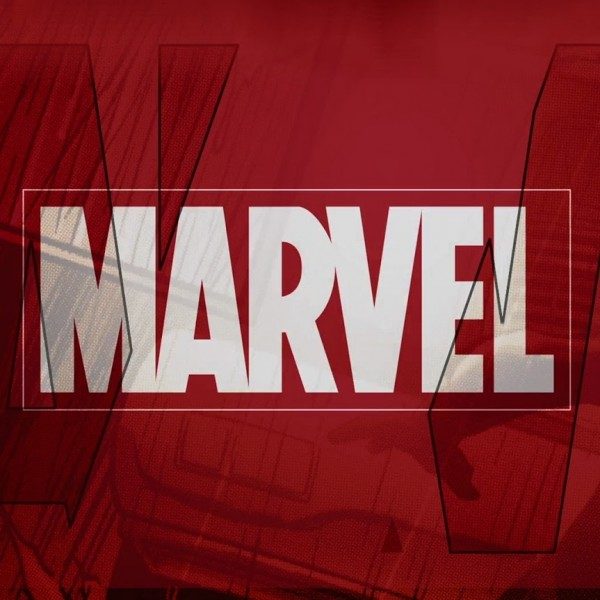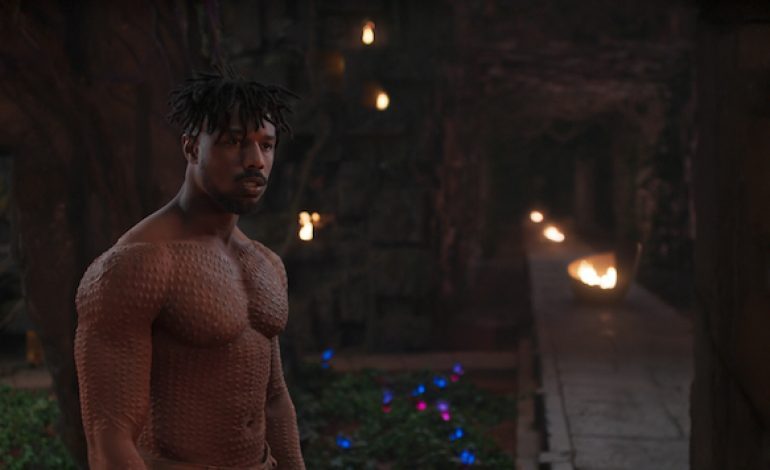

Disclaimer: This article contains major spoilers for Marvel’s Black Panther. Read at your own discretion.
Labeling Erik Stevens (played in the film by Michael B. Jordan) a villain equates to removing the humanity from the Marvel Cinematic Universes’ most fleshed out antagonist. Unlike villains such as the overhyped Thanos, a creature whose main goal is to take over the universe by collecting the six infinity stones required to destroy the almighty Avengers, Killmonger is somebody whose motivations actually make sense. Most villains throughout the Marvel Cinematic Universe suffer from not having any motivation behind the actions they carry out. While progress has been made through Loki, Adrian Toomes, and Nebula’s storylines, no villain has come close in comparison to Erik “Killmonger” Stevens.
Ryan Coogler’s Black Panther’s opening scene consists of the voice over of a father telling his son the story of a utopian mysterious nation known as Wakanda. It then shifts to the inside of a shanty apartment during the ’90s in Oakland, California. N’Jobu is ready to pull off a heist when his brother, T’Chaka, interrupts. The fundamentally important moment takes place outside while this confrontation is taking place. An African-American child, unbeknownst to the audience that this is actually a young Erik Stevens, stares at the sky as a flying object reminiscent of a space ship fades into the distant horizon. This is one of the most important symbolic elements throughout the film. The spaceship represents hope and by refusing to share Wakanda’s resources with the rest of the world, T’Chaka creates the so called “monster” that Stevens eventually becomes.
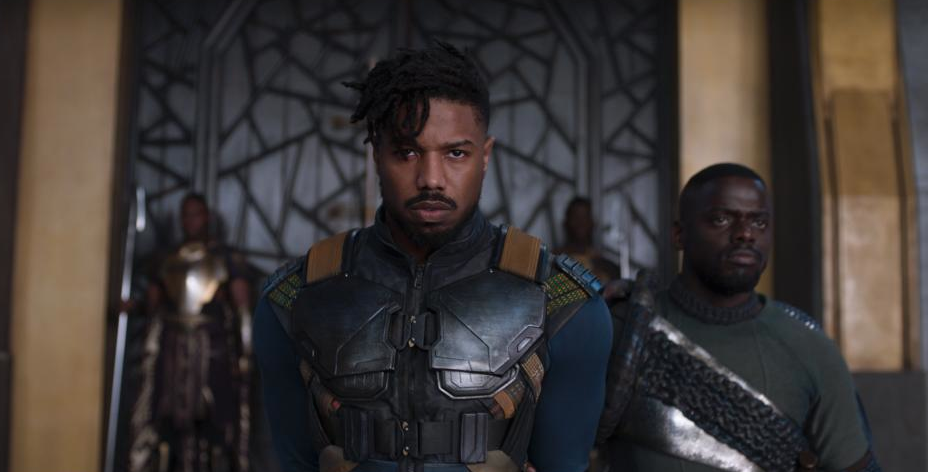

Erik Killmonger has one main goal: the liberation of black people all over the world. He represents the silence of the oppressed. Killmonger is what one would consider “evil.” He kills mercilessly as demonstrated through him engraving each of his massacres into his flesh, a symbol representing both masculinity and a severe lack of humanity. When his girlfriend is no longer of use to him, Killmonger blows her brains out without stopping to reminisce on the potential consequences of his actions. A mainstream Marvel movie would stop here by deeming Killmonger a classic villain, someone who wants to take over society by arming black people all over the world with vibranium. However, and thankfully so, Coogler made the genius decision to portray him as a three-dimensional fleshed out human being rather than some random big bad.
Killmonger’s back story is rooted in tragedy. Upon defeating T’Challa in battle, Killmonger visits the ancestral plane after he drinks the Heart-Shaped Herb in order to fully transition into the black panther. As revealed through a dreamlike sequence, where Killmonger ventures into the ancestral plane and contacts N’Jobu, this is a lost soul who felt completely abandoned after his father’s death. While T’Challa experiences the surreal landscape of an African savannah, Erik is thrust back into his childhood apartment in Oakland. This is the first time in the movie where we, as the audience, are treated to the humanity behind Erik Stevens. He is someone broken by the unexpected loss of his father, a young boy whose world is shattered upon walking into finding the lifeless body of his only caretaker. Erik becomes an orphan fueled by anger and the desire to avenge his father’s death. While Killmonger puts on an extremely tough exterior through his battle scars and intimidating posture, his interior is defined by a lack of closure in death.
Coogler understands the psychology behind what makes human beings relate to each other. By using the fear of not having closure when something unexpected happens, Coogler forces the audience to project a part of themselves onto young Erik Stevens. He becomes a vial through which we as humans understand the pain that must come with not understanding the “why.” Death is one of the scariest things to some, while others embrace it as something which is bound to happen in life. When Erik is plagued by the sudden loss of his father, he does not have the capacity to comprehend anything about the “potential consequences of arming black people all around the world with Wakandan technology, particularly vibranium.” Instead, all he discerns is a moment in time frozen into his heart, a traumatic experience that will always fester inside him.
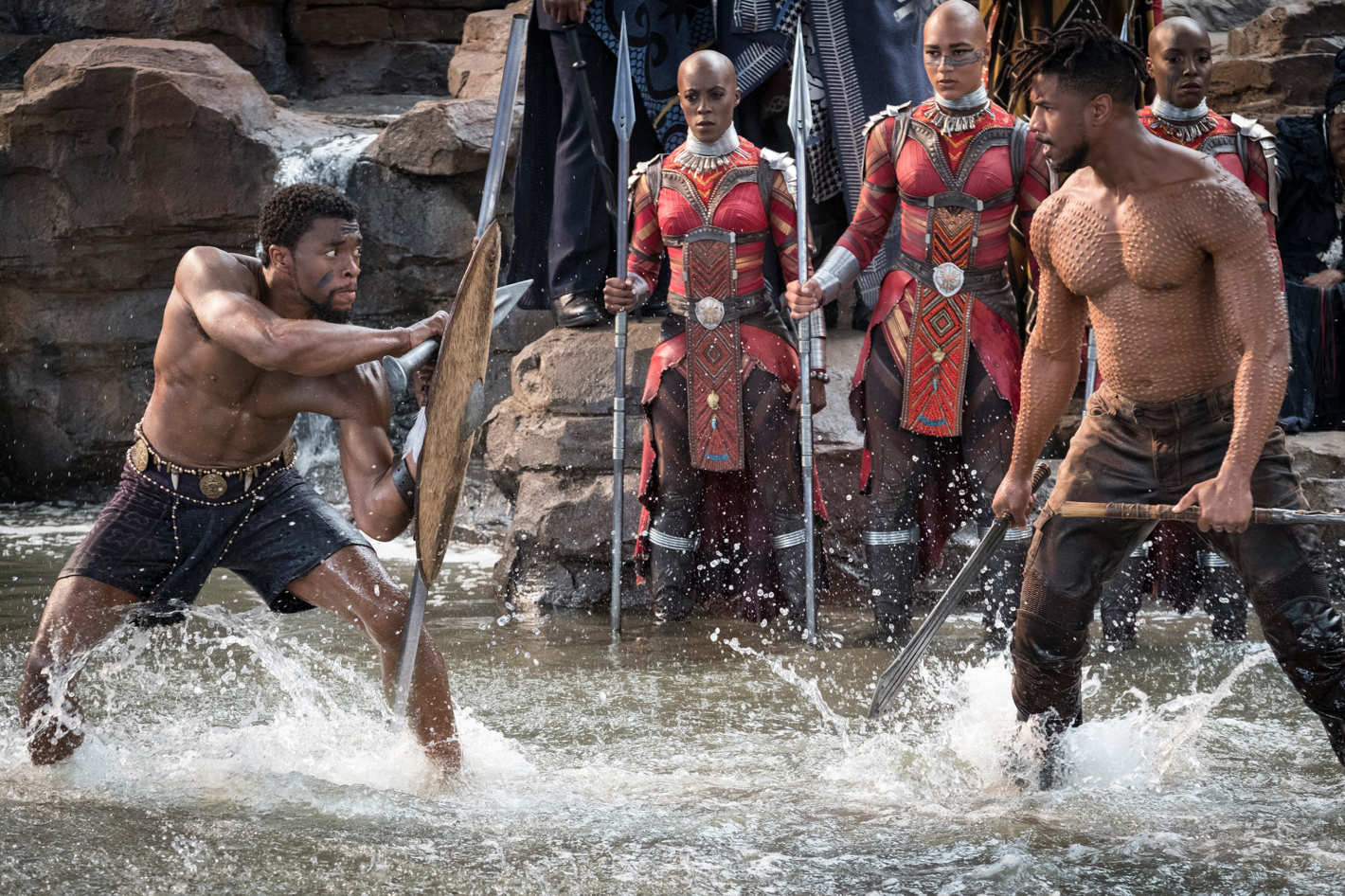

The ancestral plane represents a haven where one can be provided with a certain amount of closure they have not been necessarily granted before. T’Challa encounters his father and scolds him for transforming an innocent child into what he perceives to now be a monster. He fully becomes the black panther during his second journey into the ancestral plane through his realization that other humans cannot be deprived from the resources that Wakanda has to offer. When Killmonger visits the ancestral plane, he witnesses a repressed memory, the core behind what transformed him into a literal killing machine. Only then does the audience understand his hate of T’Challa. He finds his father’s journal and begins a journey defined by blood, death, guilt, and most importantly, loss. Had it not been for the loss of his father, Killmonger would have lived a relatively normal life. Instead, he becomes an orphan from the moment T’Chaka, after murdering N’Jobu, refuses to take this innocent boy back to Wakanda.
Killmonger’s one major flaw as a human being is in denying the existence of trauma instead of embracing it. After venturing into the ancestral plane, Killmonger orders everyone to burn the Garden of Heart-Shaped Herbs. To him, they represent a reminder that trauma will always be present within the confines of his heart. While this may seem like a strange comment to make, trauma functions very similar to mental illness. There are some incurable mental illnesses such as paranoid schizophrenia and the only way a patient can conquer the voices is by learning to live with their presence. Unfortunately, erasing trauma from life is an impossible task to accomplish. We must learn to confront it, understand it, and realize that it shaped us into who we are. Killmonger is a villain created by a traumatic experience, one which Coogler beautifully paints by allowing the audience to understand the reasoning behind his unbridled rage.
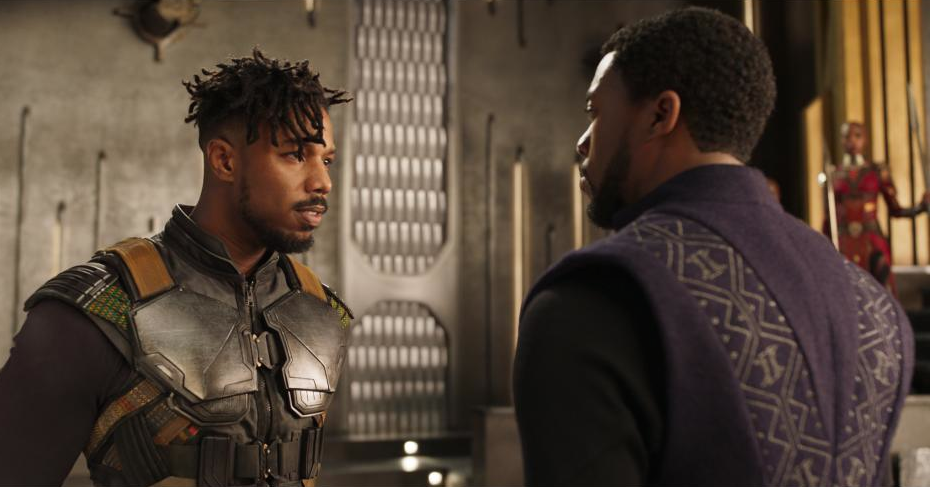

Black Panther might not fully transcend the superhero genre, but one cannot deny that it establishes a space where villains are now human beings rather than monsters. I found myself siding with Killmonger, understanding him as a lost child, and reflecting on the pain one must feel after losing their father at such a young age.

